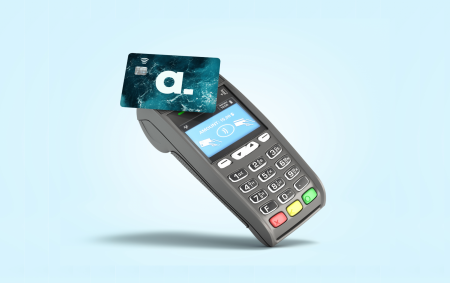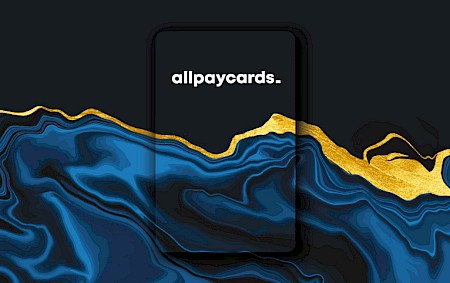Get the latest updates
Follow @allpay_cards on XPlastic cards have become ubiquitous in our daily lives. We use them to make purchases, access buildings, and even to store valuable information. But have you ever wondered how these little pieces of plastic came to be? In this blog post, we'll take a look back at the history of card manufacturing and how it has evolved over time.
The first credit card was introduced in 1950 by Diners Club, but it was made of cardboard. Plastic cards came into the picture in the late 1950s, when American Express introduced its first plastic card. These cards were made of celluloid, a type of plastic that was brittle and prone to cracking. However, they were a significant improvement over the earlier cardboard cards.
It wasn't until the 1960s that the first PVC (polyvinyl chloride) plastic cards were introduced. PVC was a durable and flexible material that could be easily printed on, making it ideal for card manufacturing. These early plastic cards were still relatively simple in design, typically featuring only the cardholder's name and account number.
Over time, plastic card manufacturing technology advanced, and new features and designs were introduced. In the 1970s, magnetic stripes were added to the back of cards, allowing them to be read by card readers. This made it easier for merchants to process payments and for consumers to access ATMs.
In the 1980s, holograms and other security features were added to cards to help prevent fraud. The first smart cards, which contained a microchip that could store and process data, were introduced in the 1990s. These cards opened up a whole new world of possibilities, including the ability to store medical information and travel data.
Today, plastic cards come in a wide range of designs, with different functionality. They can be customised with a variety of features, including magnetic stripes, barcodes, QR codes, and contactless payment technology. They can also be printed with full-colour graphics, allowing businesses and organisations to create unique and eye-catching designs.
The history of plastic card manufacturing is one of innovation and advancement. From the early days of brittle celluloid cards to the modern era of customisable, high-tech cards, plastic cards have come a long way. As technology continues to evolve, we can only imagine what new features and designs will be added to plastic cards in the future.
If you're looking for a trusted partner to help you design and produce high-quality plastic cards for your business or organisation, allpay cards is here to help. Our team of experts can work with you to create custom cards that meet your unique needs and specifications. Contact us today to learn more about our services and to get a quote: https://allpay.cards/contact-us/





